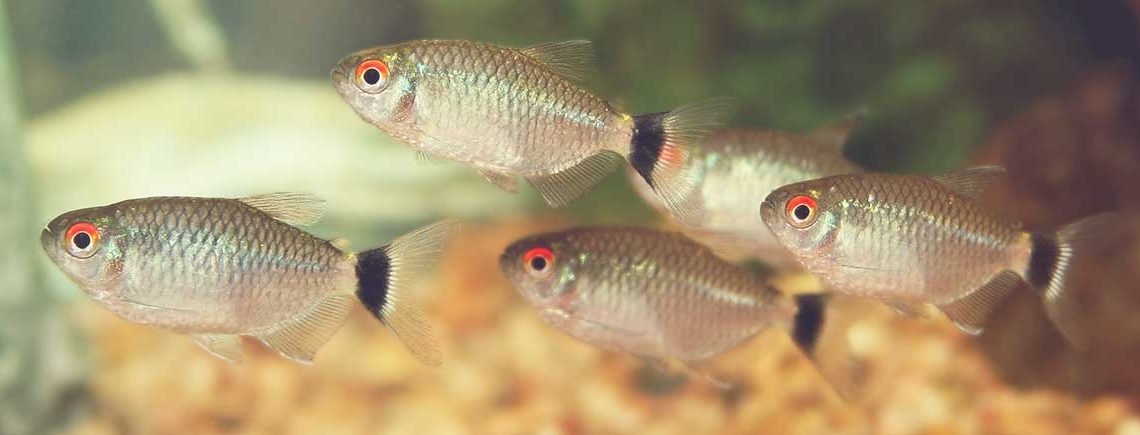Fish Keeping – Water Chemistry Explained
Understanding the Water Chemistry of Your Fish Tank
While fish-keeping is an addictive hobby, as with all pets, caring for your fish requires water chemistry commitment, a little bit of science, and regular cleaning. In this article we explain the terminology of water chemistry and help to set you on a path to maintaining a healthy fish tank.
Remember, if you are experiencing problems maintaining your fish tank, we are always here to help you resolve them, so do drop into your local Petmania store and have a chat with our fish experts if you have any questions.
Your fish need properly balanced water to remain healthy. This means the water chemistry needs to have a stable pH and be free of the harmful toxins (ammonia, nitrite and nitrate) which their waste creates.
What is Water Chemistry?
Before we get into the terminology, let’s take a look at what Water Chemistry really means. Your fish need a stable environment in order to remain healthy. Sudden changes in the environment in your tank can result in changes to the eco-system in your aquarium that can cause your fish to become very ill or die. Maintaining a healthy fish tank will require patience, and taking slow, progressive steps to evolve the underwater conditions.

Water Chemistry Explained
Aerobic Bacteria is bacteria that requires oxygen to live.
Anaerobic Bacteria is bacteria that does not require oxygen to survive.
Ammonia is the chemical created by the decomposition of fish waste; live plants and decomposing food your fish tank. Ammonia is toxic to your fish, and is removed during the nitrogen cycle. Your ideal ammonia reading should be 0 ppm.
Chloramine is created when chlorine and ammonia combine. This is a strong disinfectant which can be present in water and is very toxic to your fish. If found to be present, chloramine should be removed from your water before it is added to your tank.
Chlorine is the chemical added to most water mains to remove bacteria from our drinking water. It can be harmful to your tropical fish, and it is recommended that it is removed from your water before adding it to your tank.
Copper is a heavy metal which can be present in tap water if you have older copper pipes. Both good and bad, copper based medications can be used to treat some ailments in your fish tank. However it is also very harmful to fish when present in high levels and should be removed from water which will be home to invertebrates.
Nitrite is created when ammonia is converted by bacteria during the Nitrogen Cycle; and levels will soar in a new tank which has not completed its full cycle. Nitrites are extremely toxic to fish; and the only way to quickly reduce nitrite levels is by changing the water. Although they will eventually reduce as bacteria in your tank, and filters convert it to nitrate. In an established tank, the ideal Nitrite level will be 0 ppm.
Nitrate is created by bacteria in your tank and filters when they convert nitrites during the Nitrogen Cycle. These are not as toxic to your fish, but high levels will cause your fish to become stressed. Regular partial water changes will help to retain the balance of nitrates in your fish tank. In an established fresh water tank, the ideal level of nitrate will be less than 20 ppm, while marine tanks will require a lower level.
Nitrogen Cycle takes up to eight weeks to complete and must be carried out on all new fish tanks. This allows the right chemical balance to develop to enable your fish to remain healthy. The cycle is explained in full here.
pH indicates whether the water in your tank is acidic or alkaline. Measured on a scale of 1 – 14, a pH of 7 is considered neutral. The pH level will dictate how waste is broken down in your fish tank.
- pH of less than 7 is considered acidic. This will convert waste material to ammonia, which is toxic for your fish
- A pH higher than 7 is considered alkaline. This will convert waste to ammonium, which is not harmful to your fish.
Maintaining a stable alkaline pH will provide healthy living conditions for your fish. But, introducing new fish, plants or even too much food, will cause the pH level to change. Therefore regular monitoring and following correct acclimatisation procedures are important.
Phosphates can be introduced to your fish tank primarily through tap water, dead plants and fish food. High levels of phosphate can cause algae outbreaks in your tank. If you experience algae problems in your fish tank, speak with our fish expert at your local store and they will help you find the right product to remove excess levels. Regular water changes and tank maintenance will help prevent problems developing. Those who keep saltwater reef tanks or freshwater plants are recommended to invest in a phosphate test kit.
Salinity explains the amount of dissolved salts in your marine tank. It is measured using a hydrometer.

